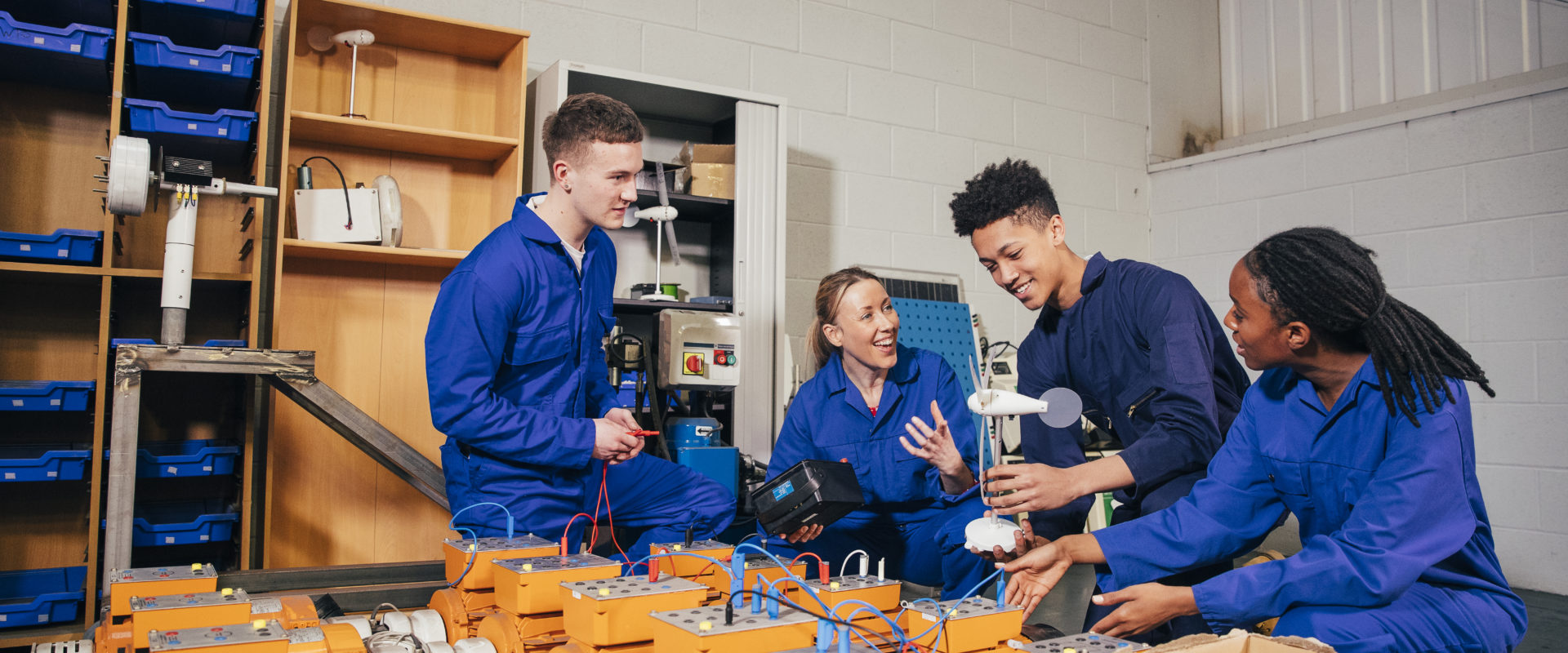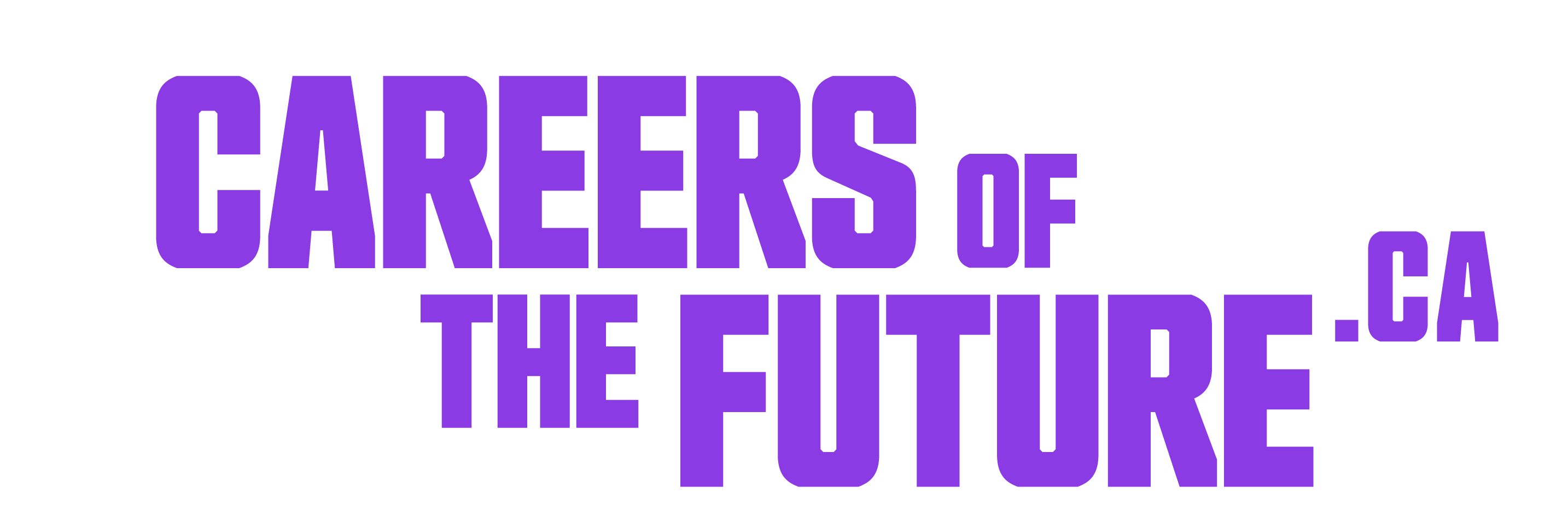Manufacturing the Future Contest
CONTEST WINNERS ANNOUNCED!

Congratulations to our Bursary Winners!
Chin Chin J.Age 18, Ontario Madeline L.Age 18, Ontario Emmanuelle B.Age 17, Quebec Sanad A.Age 17, Alberta Benjamin G.Age 18, Ontario |
Elissa G.Age 17, Quebec Marie-Ève M.Age 16, Ontario Jason D.Age 18, Saskatchewan Raphael J.Age 16, Quebec Jaimil D.Age 17, Ontario |
“
In my home country Myanmar, millions of people do not have access to clean drinking water. Drinking unclean water leads to problems like infertility, infections, and birth defects, which have afflicted several generations of Burmese and rural Asian populations. The solution to accessing clean water for everyone starts with identifying contaminated water first.”
“
At every stage of the science fair, without realizing it, I learned a great deal, both about science and technology, and about myself. Now, at the end of my last year of High School, I realize the impact this adventure has had on my interests and on my journey, which is just beginning. I can envision myself as part of a research and development team in the scientific field because I have always been curious about science, and have dreamt of participating in the innovation of revolutionary technology. ”
“
Even though eco-friendly alternatives to plastic exist today, none can match the cost-effectiveness and practicality of plastic. As a result, plastic has continued to be the norm across many industries, despite the innovation that has occurred. Without major change, this will persist as, at the end of the day, profits drive decision-making in the business world. Advanced manufacturing, however, has the ability to sow this change.”
“
Imagine a world where everyone has access to a cost effective tool to gain insight into their emotional state and mental well-being based on objective data: an intelligent advanced sensor adapted into a discreet earpiece that will gather data regarding intensity and location of brain activity. Is this possible? Only if cutting edge advanced manufacturing is used: it would take a concerted effort over a number of fields ranging from human biology, bio-metrics, psychiatry, sensor technology, AI and machine learning to develop a cost effective customized product that would be accessible to all.”
“
Launching a human spaceflight into space is a pretty hard thing to do, almost impossible, outside of the International Space Station. Virtual reality, combined with robotics, could, despite video delays, allow us to perform complex tasks as if we were in the spaceship, without risk of the artificial intelligence running into technical issues throughout the trip. ”

